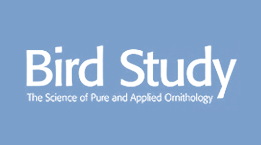One-third of English breeding bird species show evidence of population responses to climatic variables over 50 years
Capsule: Population growth rates of one-third of 68 breeding bird species in England were significantly affected by climatic variables, leading to notable (>10%) population increases in 13 species, and declines in three.
Aims: To model the impact of climate change on the abundance of breeding bird species in England.
Methods: Annual variation in population growth rates from 1966 to 2015 for English birds were modelled using a combination of climatic variables from England and along their migration routes, year and count in the previous year, and used to predict long-term trends over that time period.
Results: Population growth rates of 24/68 species (35%) were significantly correlated with climatic variables, although one relationship was driven by a single outlier and probably not robust. The majority of the effects were related to English conditions, particularly for resident species during summer and winter. Based on trends in climatic variables, the estimated magnitude of the effect of climate change upon the long-term bird population trends was sufficient to have resulted in notable (>10%) positive impacts on the abundance of 13 of the species modelled, and negative impacts on three.
Conclusion: Climate change has had a detectable impact on a sizeable proportion of the English avifauna over the last 50 years. In particular, populations of a range of resident bird species are probably significantly greater than they would otherwise have been in the absence of climate change, although some species may be less common. However, robustly attributing these trends to climate change, using a correlative approach such as this, is challenging, particularly for migrant species.


